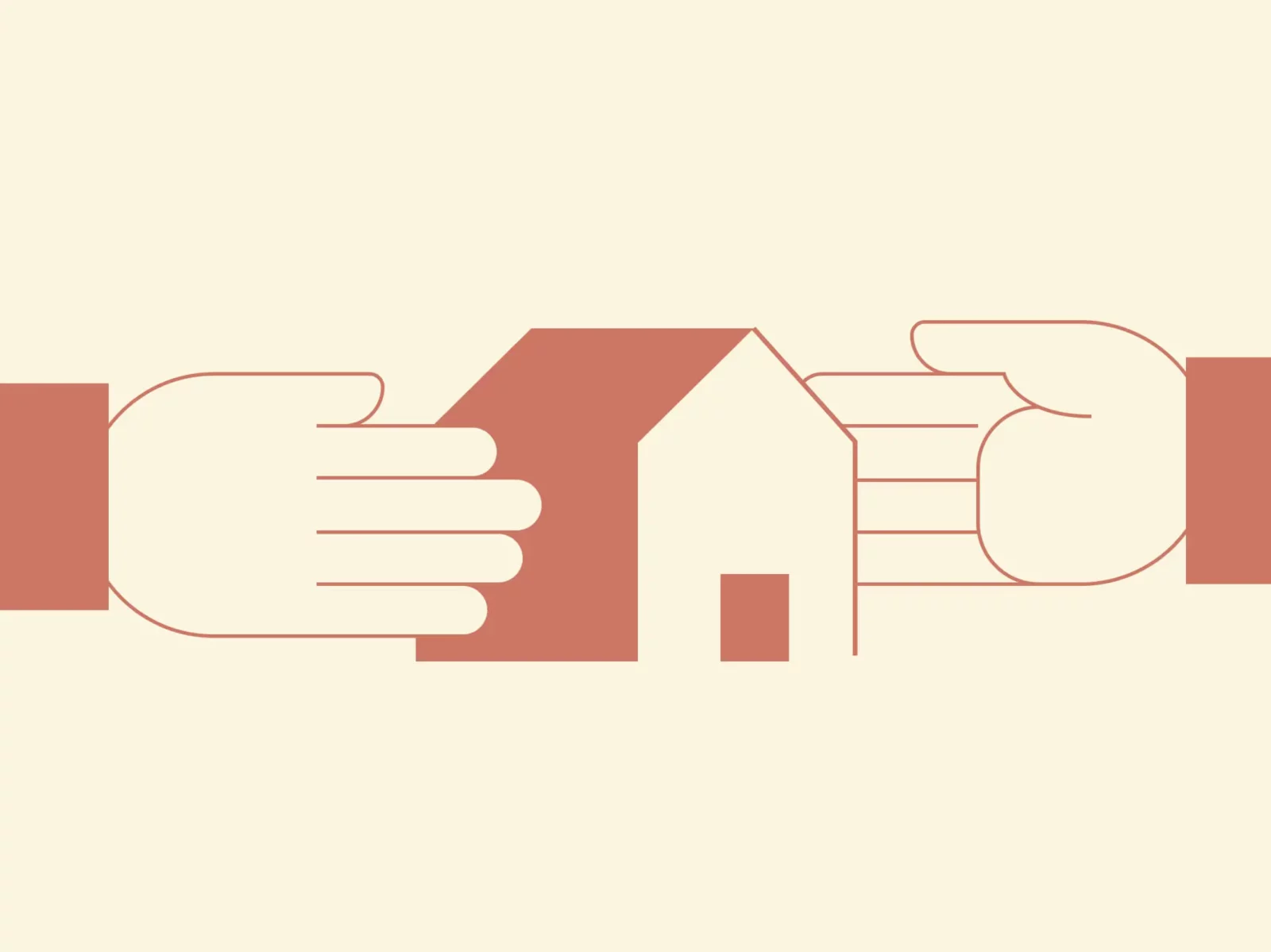
In deciding what colors to use for your website, chances are you’ve found a few schemes you love, and plenty of schemes you hate. But did you ever consider why some colors work better than others? Here are a few facts that may surprise you.
Red is the “heaviest” color.
Studies have found that certain colors influence people’s perception of measurement. For instance, when asked to find the midpoint between two colored circles—one a “heavy” color like red, the other a “light” color like yellow—subjects tended to choose a point closer to the red circle.
How should this influence your website design? Well, because red is “heavy,” it should be used sparingly, as a way of highlighting important features or sections, rather than for large sections of text or backgrounds.
Color fads aren’t exclusive to clothing.
Yellow became a popular color in web design in 2009, when the global economy was in the throes of a recession. Companies wanted to distract customers from their financial woes, so they used shades of yellow to inspire a sunnier, more energized (and therefore more receptive) disposition.
When it comes to your website, you can use yellow in a similar way to perk up your visitors and draw attention to positive information.
Feeling blue? You might not be seeing enough of it.
Shades of blue have been shown to have a number of psychological and medical benefits. For instance, blue enhances productivity and can lower the heart rate and body temperature. Some even suggest blue suppresses appetite.
Considering these benefits, it’s not be surprising to find that in web design, blue inspires a sense of trust and dependability. This is why many banks and corporations use shades of blue for their websites.
You can thank ’80s fashion for your old beige desktop.
Ten years ago, nearly every PC on the market was beige. Why? There’s no definitive answer, but many believe it has to do with the fact that beige’s neutral tone blends in with the low-saturation pastel colors that reigned in the 1980s.
While beige has a reputation for being dull, off-whites can actually add richness and nuance to your website design. Use them as backgrounds to give your site a classic, sophisticated look, or pair them with greens and browns for an earthy palette.
The color wheel was invented by a poet, not a scientist.
Author of Faust and one of the foremost writers of the Romantic period, Wolfgang von Goethe was responsible for the color wheel (above), which arranged primary and secondary colors around a circle to show their aesthetic relationships.
While much of Goethe’s color theory has been dismissed, the color wheel is still an important reference for web design. Use it to select a complementary color scheme, which uses contrasting hues like blue and yellow to draw attention, or an analogous scheme, which uses similar colors like yellow and orange for a more nuanced look.
Want more web design tips? Check out Placester’s Real Estate Marketing Academy!



